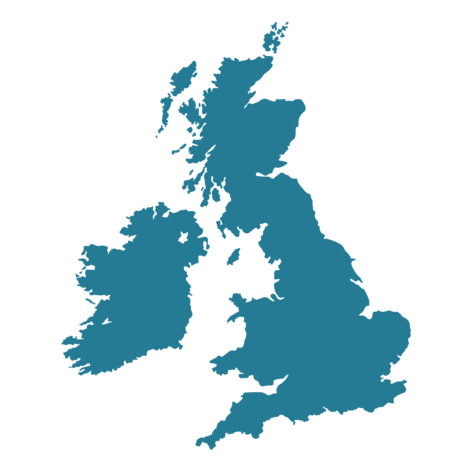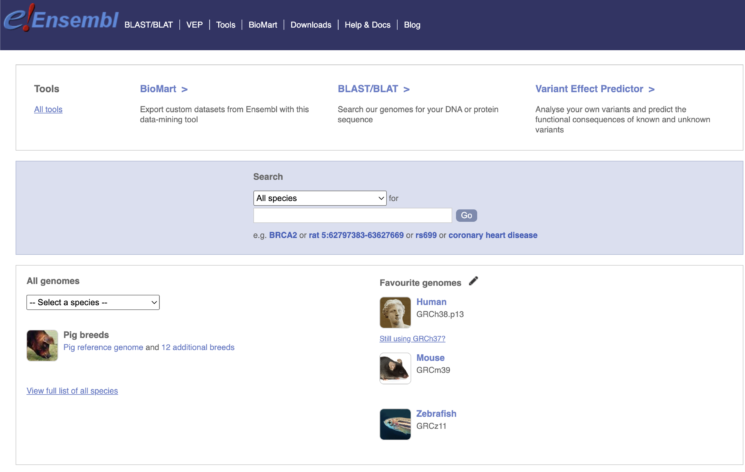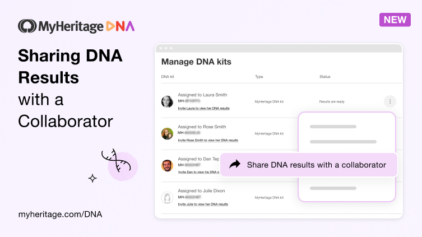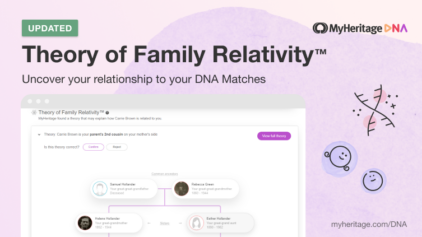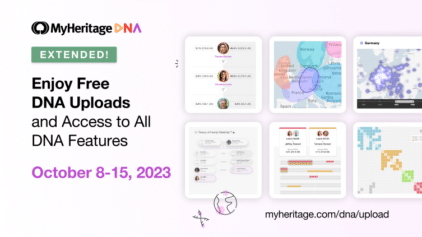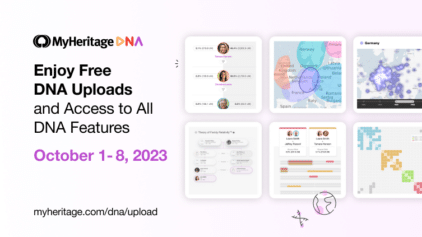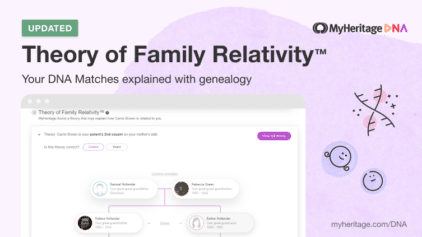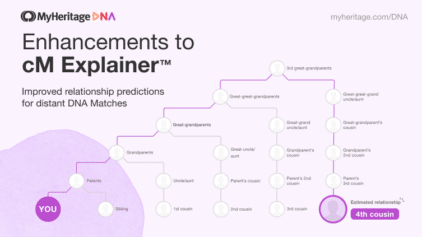Scientists Are Mapping the DNA of Every Living Thing in the British Isles
- By India


The completion of the Human Genome Project in 2003 was a watershed moment in the history of science and medicine. The ability to sequence human DNA has made so many things possible that we could never have imagined before — not least of which, of course, is DNA testing for genealogy and the availability of affordable, at-home DNA test kits like MyHeritage DNA.
The Sanger Institute, which was responsible for this groundbreaking scientific achievement, is now working on an ambitious new project: the Darwin Tree of Life project. The goal of the project is to sequence the genomes of around 70,000 species, including animals, plants, fungi, and protists, located in Britain and Ireland. When it is completed, it will be the first time the genomes of an entire ecosystem will be sequenced.
“When the human genome was sequenced, it changed the way we do human biology forever,” Mark Blaxter, who leads the Tree of Life project, told the BBC News in a recent interview. “It’s really transformed how we see ourselves and how we work with our health and illness. And we want to make that possible for all of biology. So we want everybody, working on any species, or any group of species, anywhere in the world, able to have this ultimate foundation… it’s filling up the library of life.”
Beyond expanding the horizons of human knowledge, one of the goals of the project is to help us gain a better understanding of how species adapt to survive harsh and volatile environments. This may help us not only learn how to protect species from environmental threats — such as climate change — but also discover new materials that could help us humans, like antibiotics and other medicines.
It took over a decade to sequence the human genome. In the 20 years that have passed since 2003, technology has greatly improved, making it possible to sequence DNA at a much faster pace. At the Sanger Institute, thanks to more powerful computers and automated processes, an entire genome can often be mapped in a matter of days.
Even so, the sheer scale of the Tree of Life project makes it a massive undertaking. The project website reports that just over a thousand species have been sequenced so far. 1,000 down… 69,000 to go!
Furthermore, many of the genomes they are mapping are more complex than that of humans. Mistletoe, for example, has a genetic code containing 94 billion bases — over 30 times longer than the human genome! Since the process of mapping the genome involves breaking down each species’ DNA to fragments, understanding what’s in those fragments, and putting it back together in the correct sequence… there is a great deal of work ahead.
The first step in the process is to obtain biological tissue from each of the species. The Sanger Institute receives these samples from various partners and organizations across the U.K. and Ireland and enters them into a sample management system. The samples are stored at -70℃ (-94℉) until the extraction team is ready for them.
The extraction process poses quite a few challenges. There are tried-and-tested techniques for extracting the DNA from the tissues of some species, especially mammals. But to work with many of the species passing through their lab, the team must wade into uncharted waters. In order to map 70,000 genomes in just 10 years, they will need to develop a standardized process, and have been making good progress towards that goal. The methods they develop will guide the way for other scientists mapping additional ecosystems in the future.
Once the DNA has been extracted, it’s time to sequence it: that is, to determine the identities of the base pairs that constitute the building blocks of the species’ DNA. What comes next is probably the most challenging stage of the process: reassembling those pieces into the completed genome. The project’s website likens this step to assembling a jigsaw puzzle, except that the image on the front of the puzzle has been mostly erased, the box may contain multiple copies of the same piece, and there may be pieces from an entirely different puzzle thrown in!
Once the genome has been assembled, it is checked for errors by the curation team, and then sent to the European Molecular Biology Laboratory’s European Bioinformatics Institute (EMBL-EBI) so it can be collated and presented to the world in a digestible format. The team at EMBL-EBI annotates the assemblies to include biological information, and then uploads them to the Ensembl genome browser, where people from all over the world can view them.
As the project moves forward and the team develops standardized methods for extracting and analyzing the DNA of creatures and plants that have never been sequenced before, they will open the door to researchers from other places in the world studying different ecosystems — taking us one step closer to creating a genomic map of the entire planet.
It’s not just the people from the places we live who make up our heritage. The animals, the trees, the flowers, the birds, even the microorganisms we never even think about are all part of the ecosystem that constitutes our home and makes us who we are. At MyHeritage, we’re excited to see projects like these moving forward, not just because they are good for humanity and for the planet, but also because the breakthroughs accomplished by these pioneering scientists will surely enhance the field of DNA testing as a whole.
Interested in unlocking the secrets in your own DNA? Order your MyHeritage DNA kit today.
